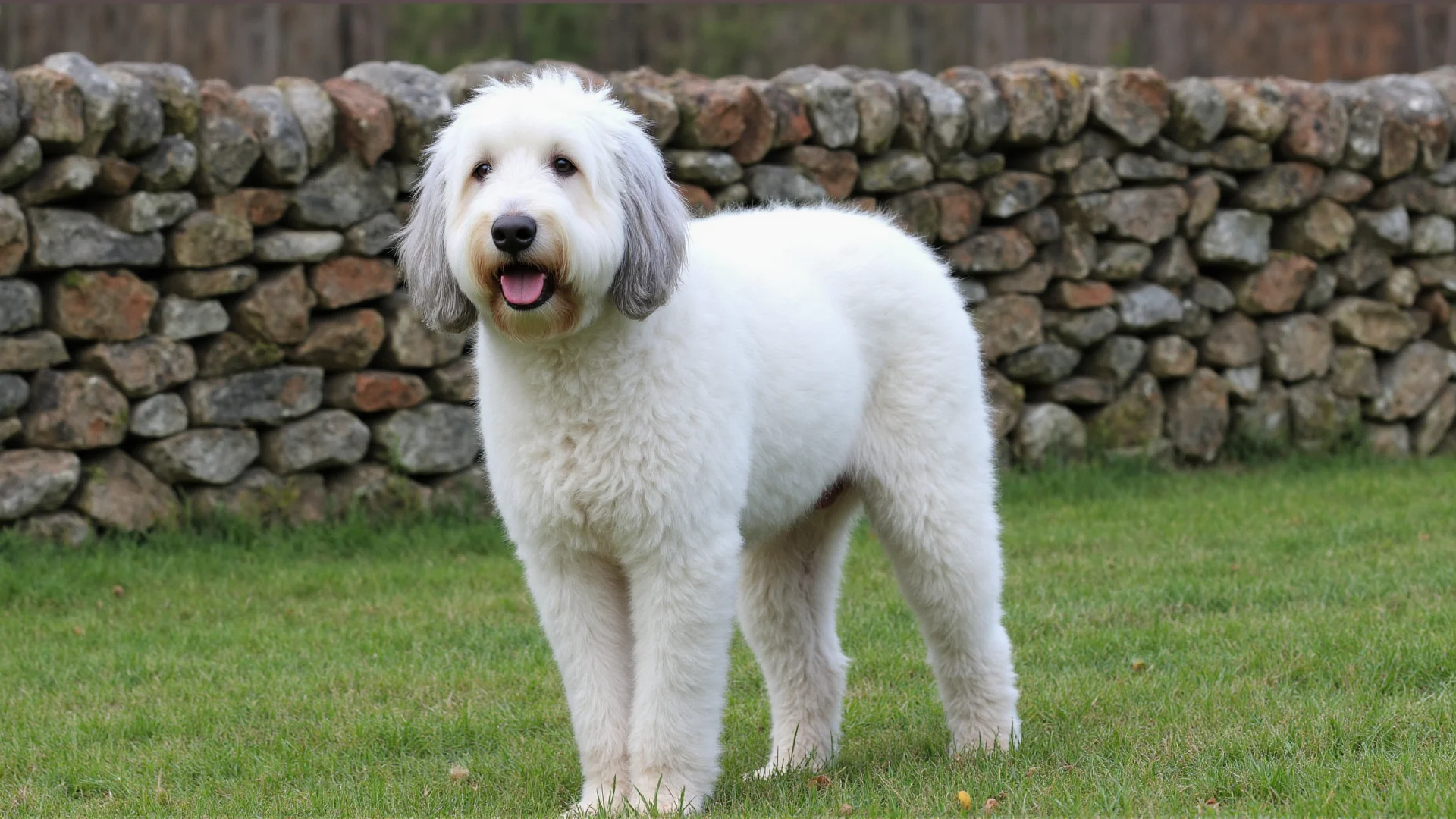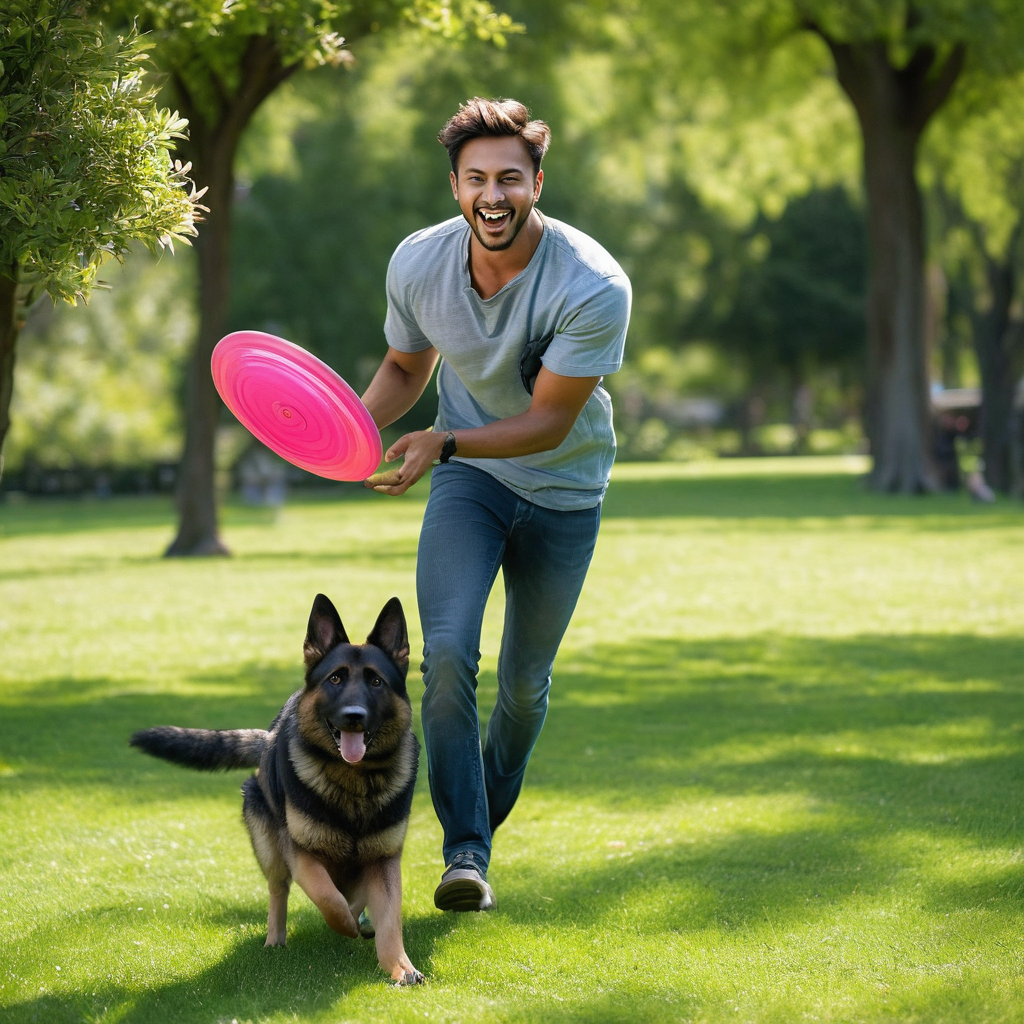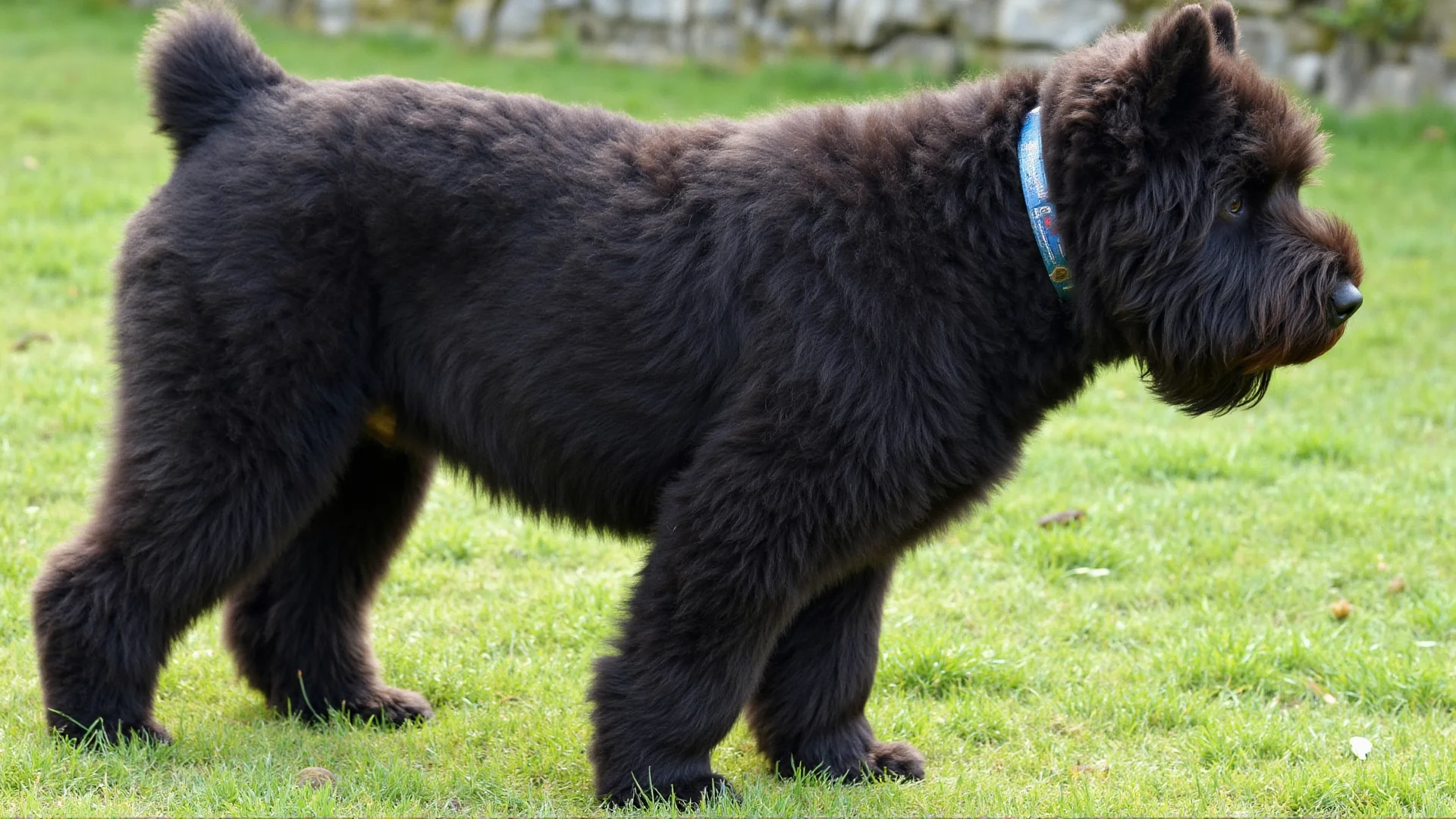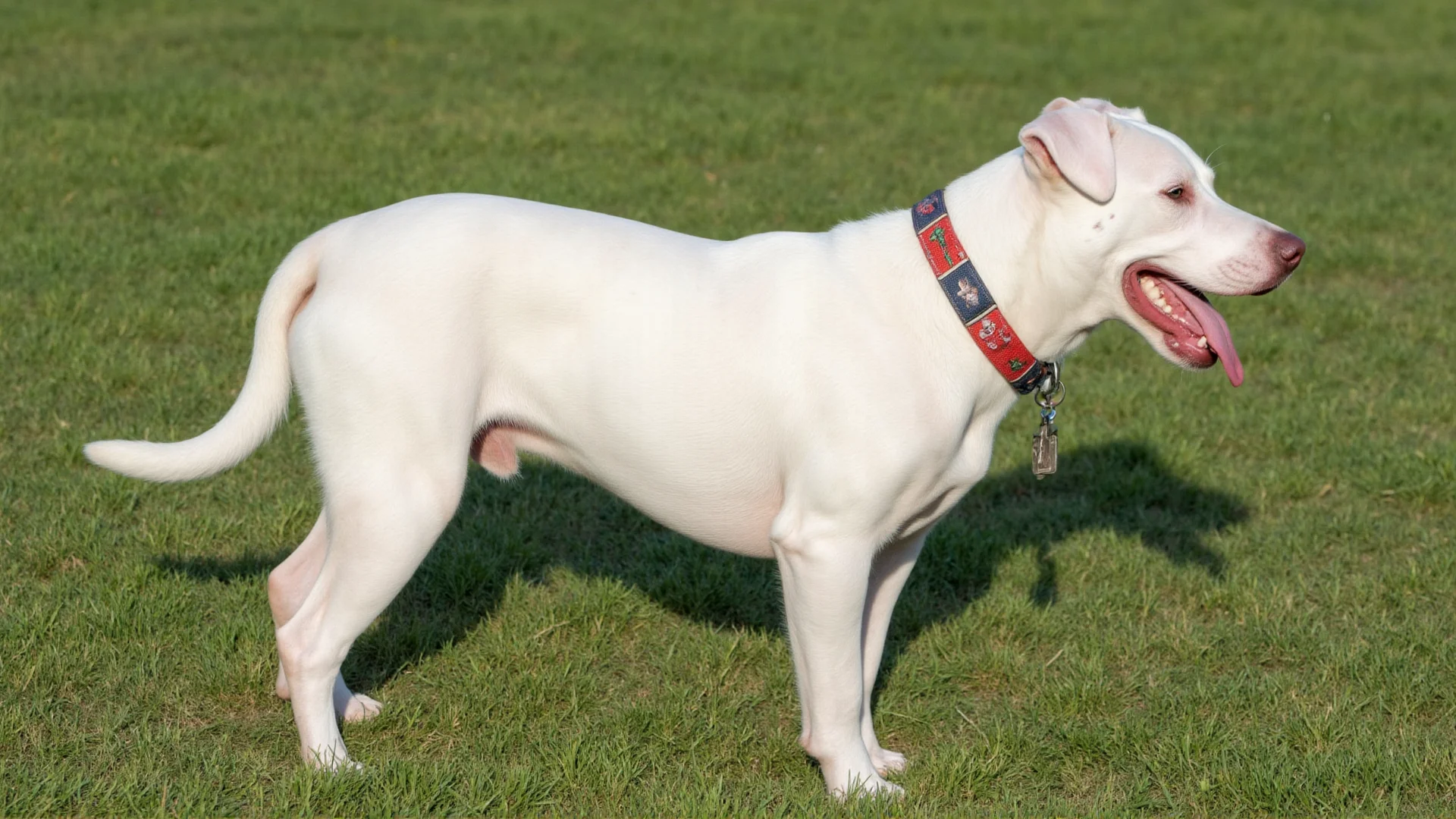The Old English Sheepdog: Honoring Their Working Heritage Through Modern Training
The Old English Sheepdog, with their distinctive shaggy coat and gentle demeanor, may look like a cuddly companion, but beneath that fluffy exterior lies the heart of a dedicated working dog. Originally bred to drive cattle and sheep to market, these intelligent canines possess natural instincts that, when properly channeled, can transform them into exceptional partners in various working roles.
Understanding the Working Dog Heritage
Old English Sheepdogs were developed in the 18th and 19th centuries as drovers' dogs, tasked with moving livestock across long distances to market towns. This demanding job required dogs with incredible stamina, intelligence, and the ability to work independently while remaining responsive to their handlers' commands.
These historical working requirements have left modern Old English Sheepdogs with several key characteristics:
- High intelligence and problem-solving abilities - They needed to navigate complex routes and handle unexpected situations
- Strong herding instincts - The drive to gather and move groups is deeply ingrained
- Excellent endurance - Built for long days of physical activity
- Independent thinking - Bred to make decisions when working at distance from handlers
- Protective nature - Responsible for safeguarding valuable livestock
Channeling Natural Instincts Through Training
Herding Activities and Games
One of the most effective ways to engage your Old English Sheepdog's working mind is through herding-based activities. Even if you don't have access to livestock, you can create engaging alternatives:
Ball Herding: Teach your dog to gather and move tennis balls or other toys into a designated area. Start with just a few balls and gradually increase the number as your dog masters the concept.
Child Supervision Games: Old English Sheepdogs often naturally want to keep family members together. You can formalize this instinct by teaching them to gently guide children back to a safe area during outdoor play.
Agility with Purpose: Design agility courses that simulate herding challenges, such as navigating around obstacles while moving objects or maintaining focus despite distractions.
Mental Stimulation Through Working Tasks
The Old English Sheepdog's intelligence demands regular mental challenges. Working-oriented training should include:
Multi-Step Commands: Teach sequences like "fetch the newspaper, bring it to the kitchen, then go to your bed." This mimics the complex task chains they would have performed as working dogs.
Search and Rescue Training: Their natural problem-solving abilities make them excellent candidates for search work. Start with simple "find" games in the house and gradually increase complexity.
Therapy Dog Preparation: Their gentle nature and intelligence make Old English Sheepdogs excellent therapy dog candidates. The training process provides mental stimulation while developing their natural empathy.
Physical Exercise Requirements
A working-oriented approach to exercise goes beyond simple walks. Old English Sheepdogs need activities that engage both their bodies and minds:
Structured Exercise Programs
Daily Minimums: Plan for at least 60-90 minutes of active exercise daily, broken into multiple sessions. This should include both high-intensity activities and longer, moderate-pace sessions.
Swimming: Excellent low-impact exercise that builds stamina without stressing joints. Many Old English Sheepdogs love water work, which can be developed into water rescue training.
Hiking and Trail Work: Their heritage as traveling dogs makes them excellent hiking companions. Gradually build endurance for longer adventures.
Working Dog Sports
Rally Obedience: Combines precision training with movement, perfect for their intelligent and responsive nature.
Barn Hunt: Taps into their natural prey drive and problem-solving abilities in a controlled environment.
Herding Trials: If available in your area, nothing beats working with actual livestock under professional guidance.
Training Techniques for Working Success
Positive Reinforcement with Purpose
Old English Sheepdogs respond best to training methods that respect their intelligence and working heritage:
Varied Rewards: Use a combination of treats, praise, and work opportunities as rewards. Many working dogs find the opportunity to perform a task more rewarding than food.
Consistency in Commands: Use clear, consistent verbal and visual cues. Their herding background means they're naturally attentive to subtle signals.
Progressive Challenges: Keep training sessions engaging by gradually increasing difficulty. Boredom is the enemy of a working dog's progress.
Building Focus and Impulse Control
Working dogs must be able to maintain focus despite distractions and control their impulses until given permission to act:
"Wait" and "Release" Training: Teach your dog to pause before doorways, meals, and exciting activities until given a release cue.
Distraction Proofing: Practice commands in increasingly challenging environments with more distractions.
Duration Building: Gradually extend the time your dog must maintain positions or focus before receiving rewards.
Creating a Working Partnership
Communication and Bonding
The relationship between an Old English Sheepdog and their handler should be built on mutual respect and clear communication:
Daily Training Sessions: Even 10-15 minutes of focused training daily strengthens your bond and keeps skills sharp.
Learn Your Dog's Signals: Working dogs are excellent communicators. Learn to read your dog's body language and respond appropriately.
Collaborative Problem Solving: Allow your dog to offer solutions during training. Their intelligence and independence should be assets, not obstacles.
Setting Realistic Goals
Remember that each dog is an individual, even within breeds known for specific traits:
Assess Your Dog's Interests: Some may show stronger herding instincts, others may excel at scent work or therapy tasks.
Progress Gradually: Building a working partnership takes time. Celebrate small victories and be patient with setbacks.
Maintain Balance: Working dogs also need downtime and simple companionship. Don't turn every interaction into a training opportunity.
Common Challenges and Solutions
Managing Herding Behaviors
While herding instincts are valuable, they can become problematic if not properly managed:
Nipping at Heels: Redirect this behavior toward appropriate targets like toys or designated herding games.
Excessive Barking: Teach "quiet" commands and provide alternative ways to express their working drive.
Overprotectiveness: Socialize extensively and teach discrimination between real threats and normal situations.
Dealing with Stubbornness
Independent thinking can sometimes manifest as apparent stubbornness:
Make Training Relevant: Show your dog how commands connect to meaningful activities.
Avoid Repetition Fatigue: Keep sessions short and varied to maintain engagement.
Respect Their Intelligence: Don't drill basic commands endlessly with an intelligent dog who clearly understands them.
Long-Term Success Strategies
Lifelong Learning
Working dogs thrive when given new challenges throughout their lives:
Seasonal Activities: Vary activities based on weather and availability. Summer might focus on swimming and hiking, while winter could emphasize indoor scent work and problem-solving games.
Community Involvement: Look for local dog sports clubs, herding groups, or volunteer opportunities that can provide ongoing challenges and socialization.
Advanced Training: Consider pursuing titles in various dog sports or certification for therapy or service work.
Health and Longevity
A working-oriented lifestyle contributes to overall health and wellbeing:
Regular Veterinary Care: Working dogs need regular health monitoring to ensure they can safely continue their activities.
Conditioning and Injury Prevention: Proper warm-up and cool-down routines, plus attention to gradual conditioning, prevent injuries.
Mental Health: Dogs with fulfilled working drives typically show fewer behavioral problems and greater overall satisfaction.
Conclusion
The Old English Sheepdog's working heritage is not just a historical curiosity—it's a blueprint for creating a fulfilling partnership with these remarkable dogs. By understanding and honoring their natural instincts through thoughtful training and appropriate activities, you can unlock your dog's full potential while strengthening the bond between you.
Remember that working with an Old English Sheepdog is truly a partnership. These intelligent, capable dogs don't just follow orders—they participate actively in problem-solving and decision-making. When you respect their heritage and provide appropriate outlets for their natural drives, you'll discover that you haven't just gained a pet, but a true working companion capable of remarkable achievements.
Whether your goals include competitive dog sports, therapy work, or simply having a well-exercised and mentally satisfied family dog, approaching training from a working dog perspective will help you and your Old English Sheepdog achieve success together.




